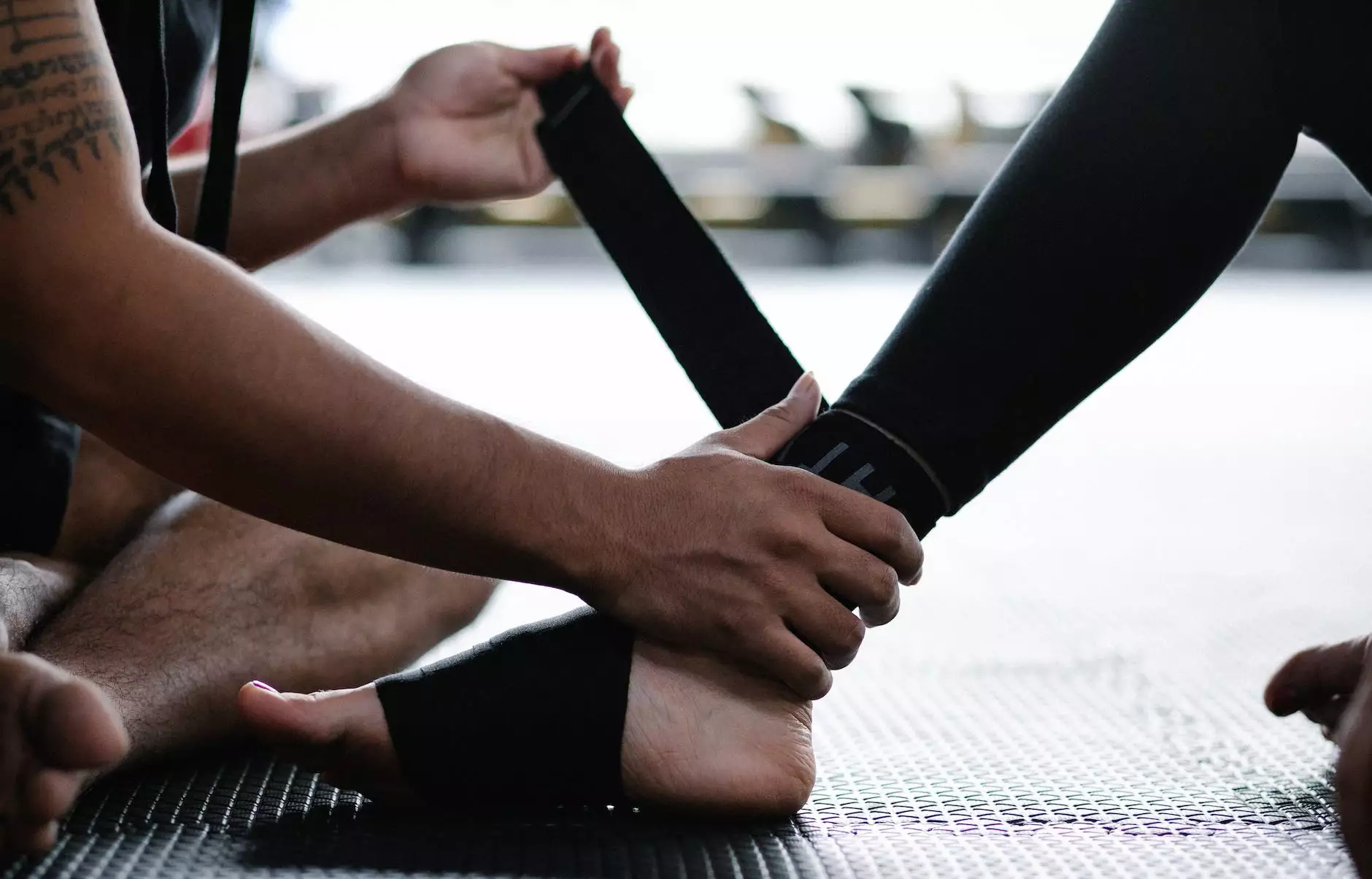7 Proper Lifting Techniques For Heavy Objects
Blog
Welcome to Regency Square Care Center's comprehensive guide to proper lifting techniques for heavy objects. In this article, we will discuss the importance of lifting with care, providing you with seven essential techniques to ensure your safety and prevent injuries. Whether you are a caregiver or an individual who frequently lifts heavy objects, these guidelines will undoubtedly help you improve your lifting skills for a healthier and injury-free lifestyle.
1. Maintain Proper Body Mechanics
When lifting heavy objects, it is crucial to maintain proper body mechanics to minimize strain on your back and joints. Start by standing close to the object, keeping your feet shoulder-width apart. Bend your knees and keep your back straight as you lower yourself into a squatting position. This position allows you to use the muscles in your legs, rather than straining your back, to lift the object.
2. Lift with Your Legs
The key to safe lifting is to use the strength in your legs rather than relying solely on your back and arms. Once you are in the proper squatting position, engage your leg muscles and push through your heels as you stand up. Let your legs do the work and avoid using your back to lift the heavy object.
3. Keep the Object Close to Your Body
One common mistake when lifting heavy objects is holding them too far away from your body. This can put unnecessary strain on your back and make it more challenging to maintain balance. Always keep the object as close to your body as possible to reduce the stress on your spine. Use your arms to secure the object against your abdomen or chest as you lift.
4. Avoid Twisting Your Body
Twisting your body while lifting heavy objects increases the risk of injury, particularly to your back. To prevent strain, always face the object directly and avoid any twisting or jerking motions while lifting it. If you need to change direction, use your feet to pivot instead of twisting your trunk.
5. Seek Assistance When Necessary
Recognize your limitations and don't hesitate to ask for help when lifting objects that are too heavy or awkward for you to manage alone. Engage the assistance of a colleague, friend, or family member to ensure that you can safely lift the object without risking injury.
6. Plan Your Path and Clear Obstacles
Prior to lifting a heavy object, take a moment to plan your path and remove any obstacles that may impede your progress. Clear your working area of any debris, ensure proper lighting, and make sure the path is clear of any tripping hazards. By creating a safe environment, you can focus solely on lifting without any distractions or potential accidents.
7. Listen to Your Body
Lastly, always listen to your body and pay attention to any signs of fatigue or discomfort. If you experience pain or strain while lifting, stop immediately and seek assistance if necessary. Pushing through the pain can lead to further injuries and long-term complications.
By following these seven proper lifting techniques, you can protect yourself from injuries and ensure a healthy and pain-free lifting experience. At Regency Square Care Center, we prioritize your well-being and provide expert advice on various health topics, including geriatric and aging care. Incorporate these techniques into your daily routine to maintain an active lifestyle and minimize the risk of lifting-related injuries.










